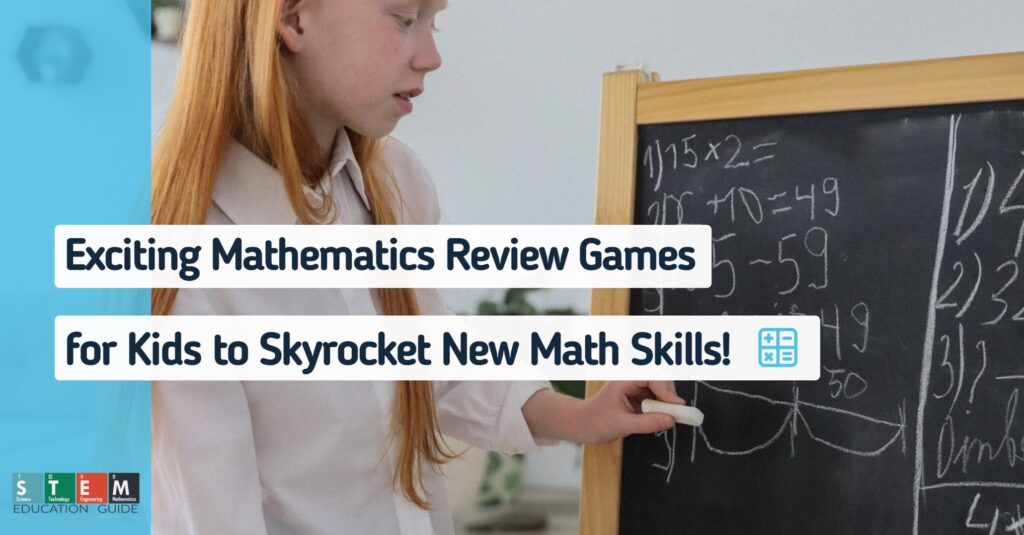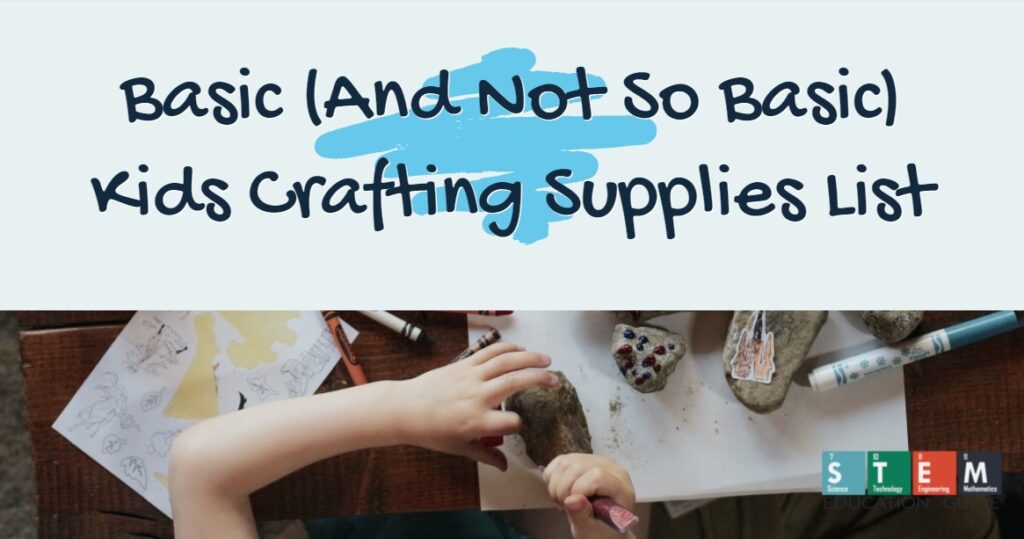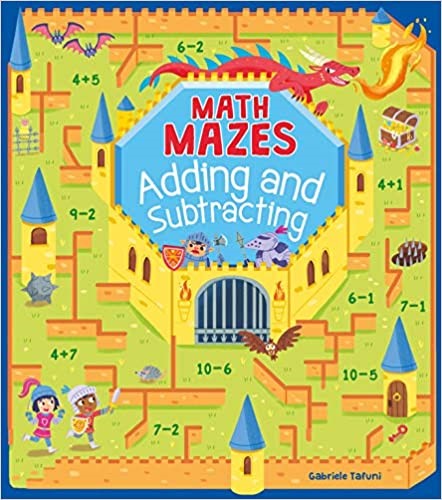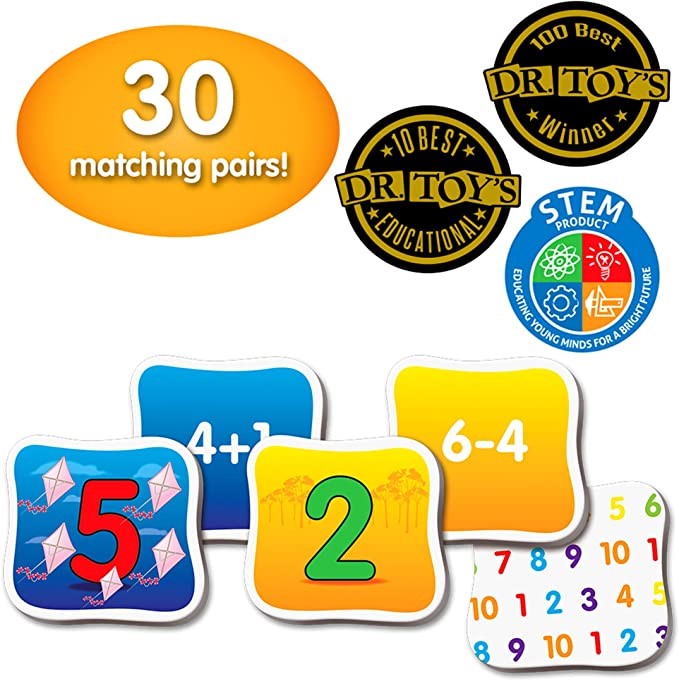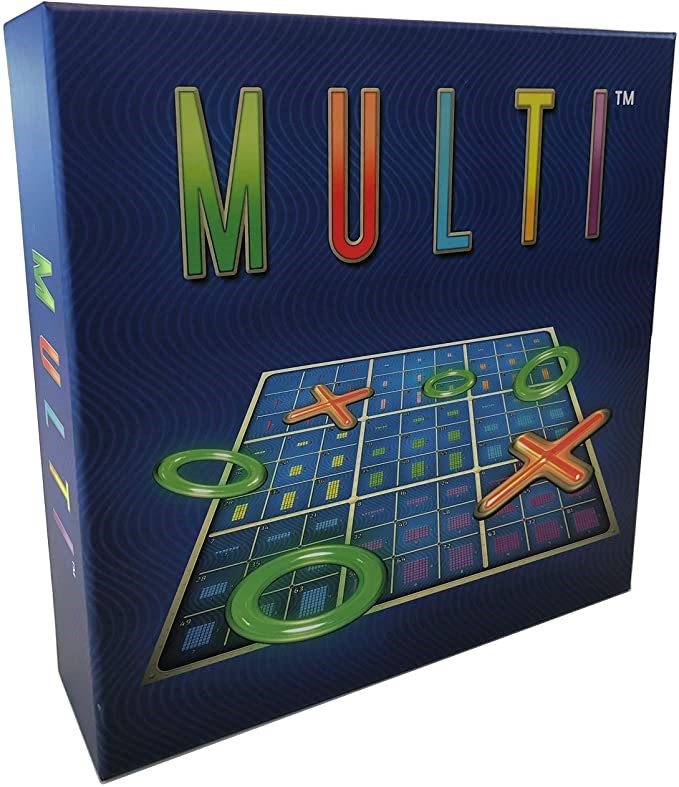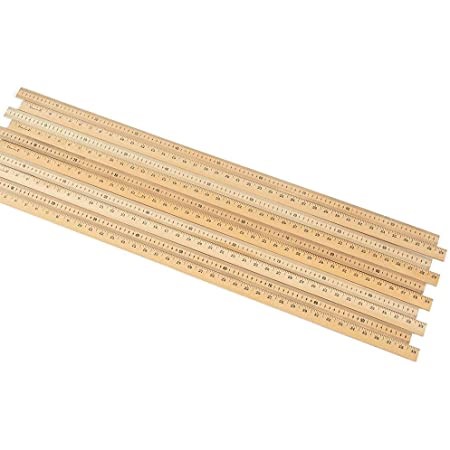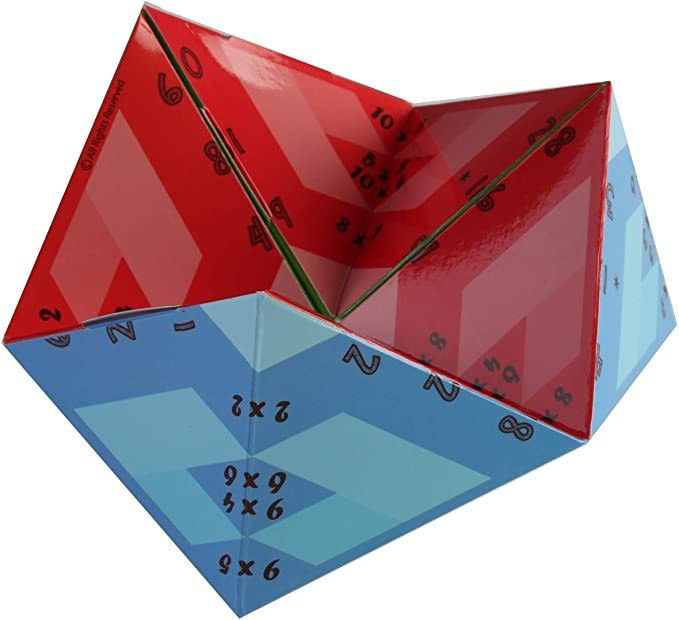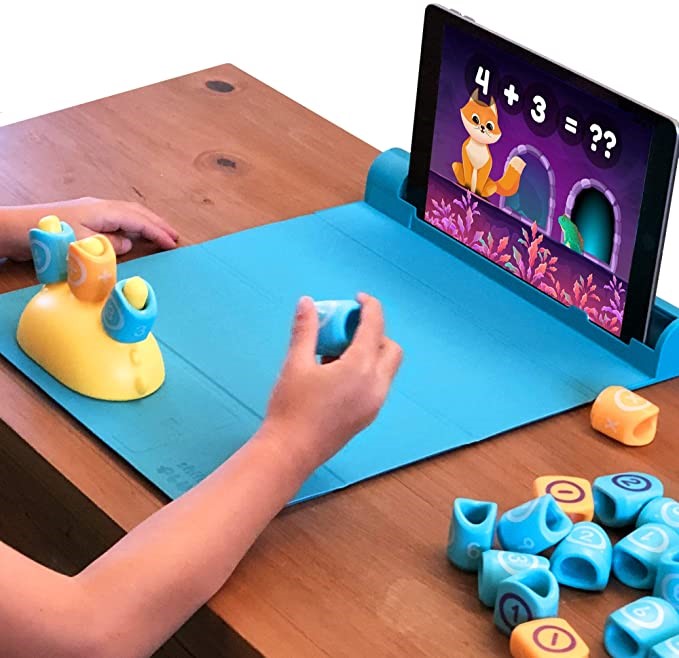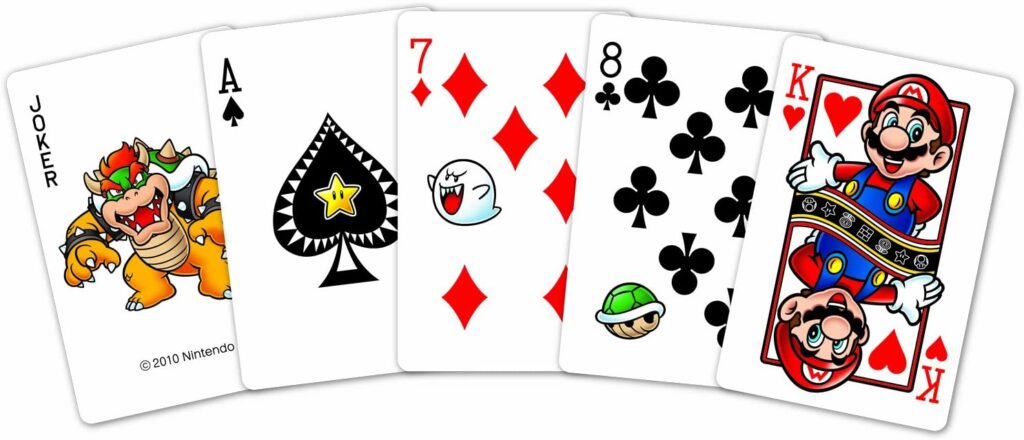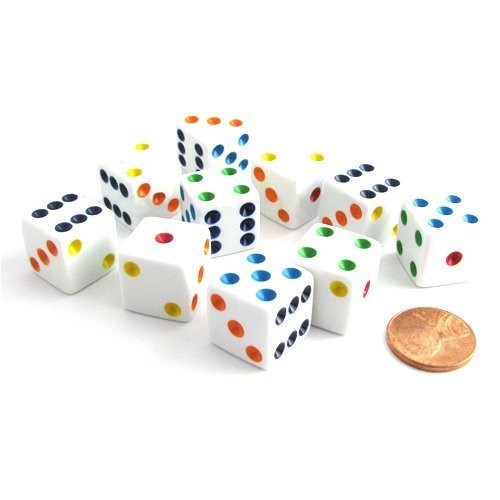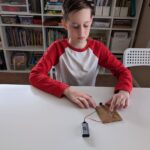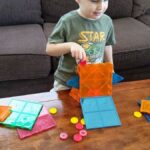Reviewing is all about how our brains remember things. It is an important part of learning, but sometimes it can get boring and monotonous.
So, is there any other way to review? If this is your question, you’ve come to the right place.
Today we’re going to show a great alternative route where the review is not only engaging but also full of fun. Yes, we are talking about some mathematics review games that will help kids interestingly practice various concepts and skills.
Are you excited to know more? Let’s explore some fun-filled math review games.
The best part about these games is that your kids can play solo, double, or even in a group. Using any of the below-listed games will spice up the classroom and boost their review.
Not all games are competitive; some are just for fun. However, they surely focus on the review. Here’s a list of games that your kids can play to enhance their math skills.
Before we get into the games, make sure to check out our list of Basic (And Not So Basic) Kids Crafting Supplies List.
Table of Contents
Great Mathematics Review Games for Kids
1. Math Maze
Math maze is a one-page activity with 16-20 problems. Students need to find the correct answers to get through the maze. This is a solo activity and generally takes around 10 to 20 minutes, depending on the topic.
The best part of this mathematics review game is that you can go both ways – the print option as well as the digital one. Also, you can make your own maze by choosing the topic and hardness level.
We believe that such math mazes are one of the best ways to practice the concepts while upgrading your math skills. Even kids find it fun and engaging as their ultimate aim is to get through the maze.
Check this amazing math maze suitable for children between 4 to 8 years: Math Mazes.
2. Matching Game
If you want your students to get engaged and review at the same time, consider organizing a matching game. It can be played solo as well as with a partner. Sometimes, students match around 3 to 4 characteristics to one single item, whereas at other times, they match a question with an answer.
So, whatever type of matching game you choose, either way, it will allow the students to think and manipulate while decoding the information that is presented differently.
Matching games are a great way to review, and students get good practice playing them. The cherry on the cake is, it is very easy to prepare. If you don’t want to make it customized, you can even opt for its digital version. Here, students have to drag-and-drop to get a fun math review.
Don’t miss this awesome memory-matching game for kids of age 3 to 6 years: The Learning Journey – Match It!
3. Show Down
If you want your students to practice math concepts, play the Show Down review game with them. It is a small group game that involves a set of math questions. For this, prepare the questions of the concepts you’d like your students to revise. Now, divide the class into teams of 4 and give them a worksheet or whiteboard, whatever you prefer.
Start by giving them one question at a time. You can also set a time limit here. When they are done with the problem, check who’s got the right answer. Students who understood the concept will get the point. Continue asking the questions one at a time to see who wins the game.
This game is best to keep your students abreast of the math concepts. Show Down is best for middle and high schoolers.
4. Tic Tac Toe
Tic Tac Toe game is fun, and we’ve never come across anyone who has not played this at least once in their life. It is a short game that has the potential of quickly reviewing a basic skill. However, the kids must know the concepts well, or there won’t be much math happening.
Ask your students to make a game board. Meanwhile, keep your math questions ready. To make this game a math tic tac toe, students have to take turns to answer the questions. If they get the question right, they win the square with either o or x. Isn’t this a fun way to brush math skills? If you don’t wish to DIY it, you can go with ready-to-go tic tac toe games easily available online.
Check this out for the kids 8 years and up: Joyful Mathematics Multi Board Game.
5. One-Meter Dash
This is yet another interesting game to enhance perception as well as an understanding of the measurement. Divide the class into small teams and hand over the meter sticks to them. Give them a time-limit while asking them to collect two to four things around one meter long.
Once the time is over, ask them to get back to their places. Now, measure the items that every group has collected and record how close their estimations were. You can further make this game more challenging by giving them a centimeter-mark or asking them to convert the results into millimeters, micrometers, and so on.
This game is best for kids around 8 to 10 years who are gradually learning the measurements.
Need a meter stick as a teaching tool? Click here: Wooden Meter Stick.
6. Cootie Catcher
Have you ever wondered about combining cootie catcher with math? You can make a cootie catcher by bringing in a fun twist where the kids need to choose different numbers to solve the problem.
This is a solo game, or it can be played between two – like, one versus the other. It’s similar to answering the questions on a worksheet but presenting this way can take their engagement to the next level. Do you agree?
Check this awesome cootie catcher game for kids between 7 to 10 years: Multiplication Table Pyramid. It will help them brush up on their multiplication facts.
7. Pass-It-On Game
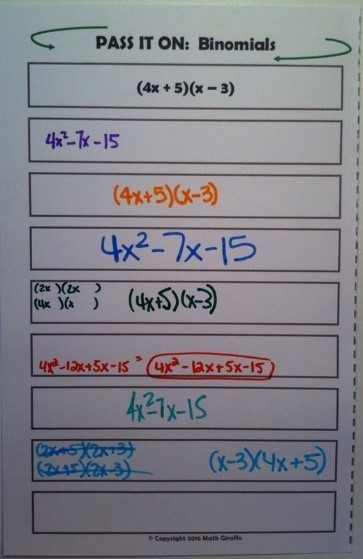
This works similar to the Telephone game. Here, students form a team and play in a way that does not affect the math equation while passing it in the group. This game is best for topics where you’re able to display numbers or equations in two different formats so that they can transfer back and forth with these two forms while hiding all except the previous line as they play.
Let’s understand this with an example. If you want your students to practice factoring and multiplying binomials, ask them to convert a set of trinomials. Here, they’ll keep going back and forth between standard form and factored form.
This game is best for middle-schoolers who know basic algebra concepts.
8. Plugo Count
This is an AR-powered game where your kids need to solve the story-based challenges using a combination of numbers and arithmetic operators. It is a great gift for kids who are fascinated with numbers and counting. It combines various activities that test their math abilities while making it fun at the same time.
If you’re looking for educational gifts for kids, we have a great guide that walks you through different STEM subjects for every age kid. Take a look at our article, How to Choose STEM Toy Gifts for Every Age Kid.
Plugo Count is best for kids between 5 to 10 years of age. Know more about this game here: Plugo Count by PlayShifu.
9. War
This is not typical war, obviously, but a mathematical twist on a traditional card game. For this, pair the students in teams and give them each a deck of cards. Assign the following values:
- Ace: 1
- King: 13
- Queen: 12
- Jack: 11
- Two to 10: Face value
You can modify the rules depending on the grade and skills. For instance, you can ask lower-grade students to play two cards where they have to subtract the lower number from the higher one. You can increase the difficulty level for higher-grade students by asking them to multiply the numbers.
Whoever has the highest hand, in the end, wins all four cards. It offers good math practice and is one of those learning games that is good for middle school as well as a higher grade level.
Also, make sure to check out our article, 10 Fun Math Games You Can Play With Cards.
Get this deck of cards and play with students aged 7 to 13 years: Playing cards.
10. 101 and Out
101 and out is a fun way to wrap up your math class and get in some additional math practice. As the name says, the goal is to score 101 points or close to it without going over. For this, divide your class in half and give them a die, paper, and a pencil.
Now, turn by turn, the groups will roll their die. The number they get can be kept at face value or can be multiplied by 10. That’s the tricky part of this game, as students need to strategize accordingly.
For instance, if a group gets six on a die, they can keep that number or turn it to 60. As the goal is to reach 101 but not cross it, this game quickly grows competitive while boosting the students’ excitement level.
Check out our article, 7 Cool & Exciting Makey Makey Games & Projects to find new ways of educating your kids!
Play 101 and Out with children aged 7 to 11 years. Get a set of 10 dice here: Multi-color standard dice.
Final Thoughts
Although we’ve specified the age range for different mathematics review games, you can always modify the difficulty level based on the grade and skills. Overall, these games will not only engage the students but will also help in developing their mathematical skills.
If you like this article, take a look at our guide to the top STEM boxes.

